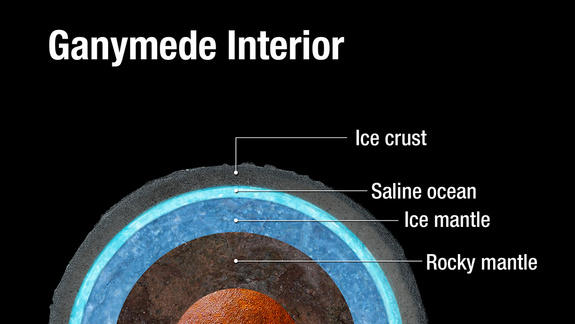What's next for the European Space Agency? Glad you asked!
From ice to fire: after hopping on a comet, ESA now looks at Mercury
By Jacopo Prisco
After landing a probe on an icy comet and possibly shedding new light on the origins of life on Earth, the European Space Agency (ESA) is now looking at scorching-hot Mercury for its next mission.
The innermost planet of our solar system orbits so close to the Sun that, in some instances, surface temperature surpasses 400 °C. Areas of the planet without sunlight, on the other hand, can become as cold as -170 °C.
No other planet has variations in temperature so severe.
The reason for this is the absence of any significant atmosphere, which Mercury is too hot and too small to retain. With a diameter of just over 3,000 miles, it's just a third larger than the Moon, and smaller than two other moons in the solar system -- Saturn's Titan and Jupiter's Ganymede.
ESA's mission to Mercury will tentatively launch on 21 July 2016, to reach Mercury's orbit seven and a half years later, in 2024. The spacecraft is called BepiColombo -- in honor of Italian space pioneer Giuseppe "Bepi" Colombo.
Mercury is the least studied of the inner planets, but it has many peculiarities.
"Mercury is special," said Johannes Benkhoff, the project scientist in charge of the BepiColombo mission, "It's the densest planet in our solar system, even denser than Earth - if we consider uncompressed density - and has a magnetic field, like Earth, that no one expected before, so I guess it's a cool planet to go to."
There are many challenging aspects to a mission to Mercury, most prominently its proximity to the Sun, with its mighty gravitational pull and intense radiation.
The planet's high orbital velocity of 48 kilometers per second -- compared to Earth's 30 kilometers per second -- is also an issue. Any probe en route to Mercury must not only cover an average linear distance of 48 million miles, but carefully gauge its velocity so that it can catch the fast planet's orbit without getting sucked into the Sun's gravitational well.
As a result, only two missions have visited Mercury so far.
The first was NASA's Mariner 10, launched in 1973.
Story Continues





 Reply With Quote
Reply With Quote






